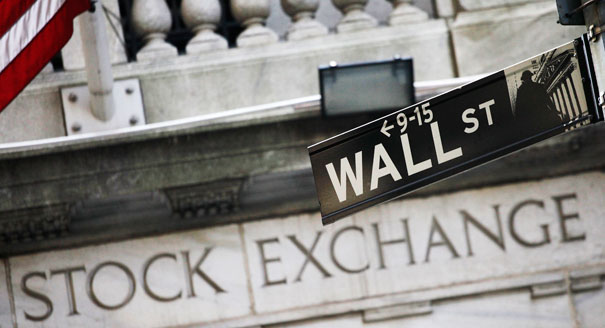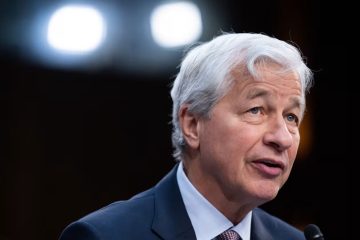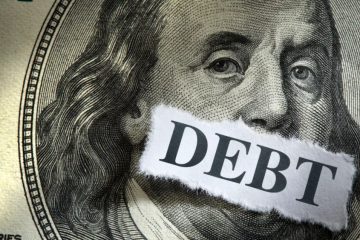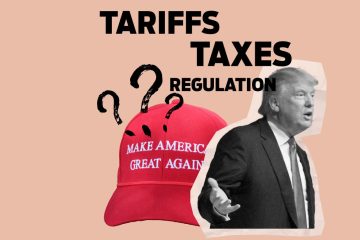Is Wall Street’s Big Bet on Soaring Profits a Fantasy?

Wall Street’s market strategists are offering a soothing rationale for why investors shouldn’t fret over today’s lofty equity prices. Their pitch: The big valuations are fully justified by a looming explosion in profits. It’s a risky call. If the earnings bonanza doesn’t materialize, stock investors are in for a rough ride.
The problem is a steep rise in price-to-earnings multiples, which means that investors are getting a paltry, and dwindling, batch of dividends and reinvested earnings from the growing basket of dollars they’re spending on each share. And the Trump rally only means that profits need to race faster than ever to catch up with the rich valuations.
PEs have reached these daunting levels for two basic reasons: Until recently, profits have been dropping sharply, while equity prices have kept waxing. For the S&P 500, GAAP earnings per share, based on the trailing four quarters, peaked in the third quarter of 2014 at $ 106. At the time, PEs stood at 19––slightly elevated by historical standards, but not alarming. But by the period ending September 30, 2016 (the last quarter for which all numbers are available), total EPS had dropped to $ 89.10, a decline of 19%. Over that same period of shrinking profits, the S&P 500 index climbed; by the beginning of 2017, it had jumped 12%. Fully four points of that increase have come since November 3rd, just before Donald Trump’s election victory. Hence, today’s PE now stands at 25.3, making shares 33% pricier than when earnings crested in 2014.
Not to worry, say the bulls. After a long drought, earnings are poised to explode. They may be correct. Indeed, profits are already showing a slight improvement. John Butters, senior earnings analyst of FactSet, a research firm that does excellent analysis of profits trends, says that by his firm’s estimates (which differ from the methodology used by S&P), earnings rose just over 3% in Q3 of 2016 from the same period in 2015, and will post a similar increase in Q4.
Wall Street analysts reckon that a major comeback in both energy and financial services will dramatically lift S&P profits, restoring PEs to sub-20 levels. Last year, according to FactSet, profits for S&P energy companies fell 76%. For 2017, analysts are forecasting a rebound of 344%. For financial services, Wall Street is projecting that profit growth will accelerate from a meagre 0.3% in 2016 to over 11% this year. Those resurgent industries, with an additional boost from tech and raw materials, should lift S&P earnings 11.5% in 2017, according to the analysts polled by FactSet.
So what specifically will drive this earnings renaissance? According to FactSet, analysts are betting that oil prices keep rising in 2017, from an average of $ 43.40 in 2016 to $ 54. “Given the optimism for earnings in financial services, it’s also clear that they’re anticipating an increase in [interest] rates, although the exact number is unclear,” says Butters.
But it’s altogether possible that profits won’t jump nearly as much as Wall Street predicts. As Butters points out, analysts are chronically over-optimistic. Their projections for next year’s earnings-per-share are typically 7 points above what the S&P 500 actually generates. It’s also far from certain that oil prices will keep rising. But if they do, non-energy companies, from airlines to steelmakers, will face higher costs, and lower profits, potentially offsetting the gains in oil and gas.
Despite the steep fall in energy profits, the S&P’s overall earnings are still extremely healthy by a number of measures. For example, operating margins now stand at over 9%, around the same number as in the boom times of 2005 and 2006. So if PEs were in the teens, investors could benefit even if profits rose modestly.
But today’s fat multiples require that earnings probably need a double-digit leap to fulfill the market’s towering expectations, lifted skyward by the Trump rally. In this new year, as a pro-business administration prepares to take charge, Wall Street is selling a fresh era of optimism for stocks. Investors may be already paying for more than America’s companies can deliver.










